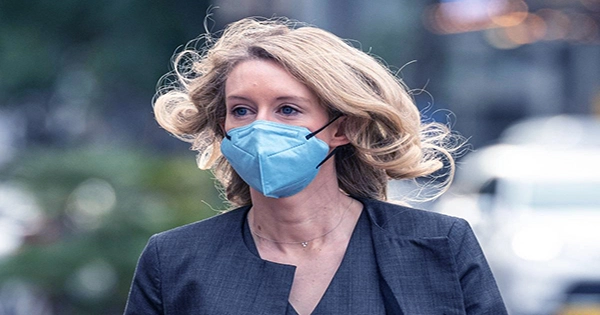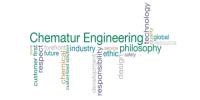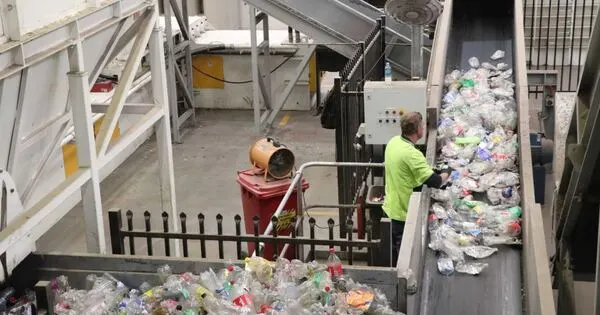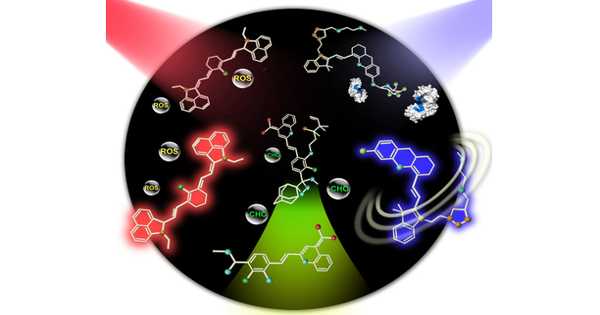One of the major questions in the high-profile fraud trial of former Theranos founder and CEO Elizabeth Holmes was whether she would testify. Therefore, it came as a surprise late Friday afternoon; 11 weeks after the trial began, when the Stanford dropout took the stand.
Now that the prosecution has rested its case — which included interrogating witnesses such as former US Secretary of Defense James Mattis, whistleblower Erika Cheung, Theranos patients, investors, medical professionals, and journalists — Holmes is telling her side of the story under oath, with her defense attempting to prove that she did not knowingly defraud her investors.
Two counts of conspiracy to conduct wire fraud and nine counts of wire fraud have been filed against the former Silicon Valley hotshot. Each count could send her to prison for up to 20 years if she was convicted. So far, Holmes has maintained that, while Theranos committed mistakes, the company’s demise was not due to fraud. She says that when she briefed stakeholders about Theranos’ technology capabilities, she was relaying what she believed to be the truth. Because Holmes is not a scientist, she claims she followed the advice of the specialists she recruited – she even testified that scientists and engineers created a PowerPoint deck for investors.
Emails from high-ranking lab officials, including head scientist Ian Gibbons, show that Theranos machines have “demonstrated capabilities fully equal to lab procedures in areas where we have done assay development,” according to Holmes’ defense. According to live courtroom reporting from Law 360’s Dorothy Atkins, Holmes said that Gibbons’ emails showed that Theranos’ 4.0 Edison machine “could conduct any test” (the trial is not live-streamed). Gibbons committed suicide while working for Theranos in 2013, just days before he was scheduled to testify in court over a Theranos-related patent dispute.
Holmes has also disputed that she was attempting to mislead Walgreens by providing the firm materials that used Pfizer’s logo in an unlawful manner. She said in court that she wished she had handled the matter better, but that she added the Pfizer logo since Theranos had done some testing with Pfizer before the two companies chose not to collaborate. Her defense also produced a report from Johns Hopkins University dated about the same period, in which the Theranos technique was described as “new and sound.”
This is a clear rebuttal to the prosecution’s main accusation, that Holmes emailed Walgreens a document titled “Pfizer Theranos System Validation Final Report” in 2010. Theranos employees, not Pfizer, prepared this paper, it turned out, despite this, and Pfizer’s logo was prominently included in the paper, indicating that the pharmaceutical behemoth approved Theranos’ technique. That year, Theranos signed arrangements with Walgreens and Safeway. However, in court, a Pfizer scientist denied that the company-sponsored Theranos, claiming that no Pfizer staff authorized the paper she submitted during the deal’s negotiations. In 2008, Pfizer investigated Theranos’ technology but decided not to invest in the firm.
Holmes has also started talking about her connection with Theranos’ board of directors, who were paid $150,000 per year and handed half a million shares in exchange for their services – former Secretary of State Henry Kissinger was paid $500,000 per year as a consultant. So far, it appears as if Holmes is attempting to portray the board as knowing enough about the company’s nature to make an intelligent investment. Holmes uses business and scientific jargon in her evidence, according to multiple courtroom reporters.
















